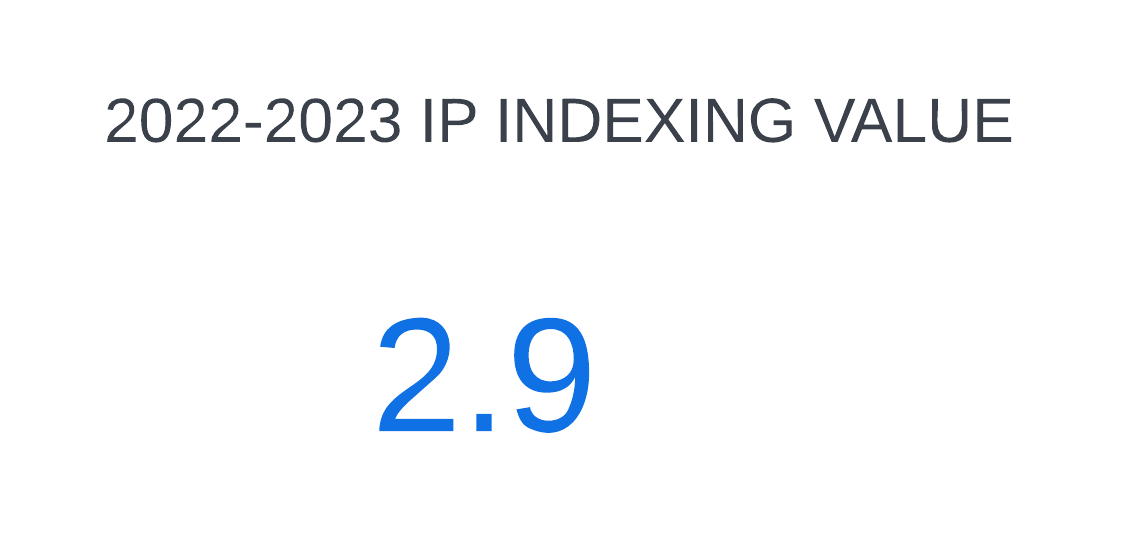Third Party Data Aggregation for Data Storage with the IoT Healthcare Model
DOI:
https://doi.org/10.69996/jsihs.2024010Keywords:
Internet of Things (IoT), Blockchain, Hashing, Data Aggregation, ClassificationAbstract
In IoT healthcare systems, securing sensitive medical data while ensuring efficient data management remains a critical challenge. This paper proposes and evaluates the Blockchain Authentication Hashing Data Aggregation (BAHDA) model as a solution to enhance data integrity, security, and operational efficiency. The BAHDA model leverages blockchain technology to implement robust authentication mechanisms, cryptographic hashing for data integrity, and decentralized data aggregation to mitigate risks associated with centralized data storage. Through experimentation and analysis, our study demonstrates substantial improvements in key performance metrics. Specifically, BAHDA achieves a throughput of up to 10,000 messages per second (messages/sec) with 50 nodes, showcasing its scalability in handling large volumes of healthcare data. Latency is minimized to 6 milliseconds (ms), and delay reduced to 3 ms, ensuring rapid data transmission and processing critical for real-time healthcare applications. Furthermore, comparative analysis across different types of nodes—IoT devices, edge nodes, fog nodes, and cloud servers—illustrates their respective contributions to system performance. Cloud servers exhibit the highest throughput of 5000 messages/sec, lowest latency of 2 ms, and minimal delay of 1 ms, underscoring their role in supporting intensive data processing tasks and complex analytics. the BAHDA model proves to be a promising framework for securing and managing healthcare data in IoT environments, offering enhanced data integrity, security, and operational efficiency.
References
[1] S.B. Othman, F.A. Almalki, C. Chakraborty and H. Sakli, “Privacy-preserving aware data aggregation for IoT-based healthcare with green computing technologies,” Computers and Electrical Engineering, vol.101, pp.108025, 2022.
[2] C.Chakraborty, S.B.Othman, F.A.Almalki and H. Sakli, “FC-SEEDA: Fog computing-based secure and energy efficient data aggregation scheme for Internet of healthcare Things,” Neural Computing and Applications, vol.36, no.1, pp.241-257, 2024.
[3] S.Singh, S. Rathore, O.Alfarraj, A.Tolba and B. Yoon, “A framework for privacy-preservation of IoT healthcare data using Federated Learning and blockchain technology,” Future Generation Computer Systems, vol.129, pp.380-388, 2022.
[4] S. N.Sajedi, M.Maadani and M. Nesari Moghadam, “F-LEACH: a fuzzy-based data aggregation scheme for healthcare IoT systems,” The Journal of Supercomputing, vol.78, no.1, pp.1030-1047, 2022.
[5] J.Jayabalan and N. Jeyanthi, “Scalable blockchain model using off-chain IPFS storage for healthcare data security and privacy,” Journal of Parallel and distributed computing, vol.164, pp.152-167, 2022.
[6] A.Ahmed, S.Abdullah, M.Bukhsh, I.Ahmad and Z. Mushtaq, “An energy-efficient data aggregation mechanism for IoT secured by blockchain,” IEEE Access, vol.10, pp.11404-11419, 2022.
[7] A.Abbas, R.Alroobaea, M.Krichen, S.Rubaiee, S. Vimal et al., “Blockchain-assisted secured data management framework for health information analysis based on Internet of Medical Things,”Personal and ubiquitous computing, vol.28, no.1, pp.59-72, 2024.
[8] Y.Qiu, G.Liu, B.A.Muthu and C.B. Sivaparthipan, “Design of an energy‐efficient IoT device with optimized data management in sports person health monitoring application,” Transactions on Emerging Telecommunications Technologies, vol.33, no.10, pp.e4258, 2022.
[9] J. Shahid, R.Ahmad, A.K. Kiani, T. Ahmad, S. Saeed et al., “Data protection and privacy of the internet of healthcare things (IoHTs),” Applied Sciences, vol.12, no.4, pp.1927, 2022.
[10] N. N.Thilakarathne, G.Muneeswari, V. Parthasarathy, F.Alassery, H. Hamam et al., “Federated learning for privacy-preserved medical internet of things,” Intell. Autom. Soft Comput, vol.33, no.1, pp.157-172, 2022.
[11] A.Mohiyuddin, A.R. Javed, C. Chakraborty, M.Rizwan, M. Shabbir et al., “Secure cloud storage for medical IoT data using adaptive neuro-fuzzy inference system,” International Journal of Fuzzy Systems, vol.24, no.2, pp.1203-1215, 2022.
[12] L. A.Tawalbeh, F. Muheidat, M. Tawalbeh, M.Quwaider and A.A. Abd El-Latif, “Edge enabled IoT system model for secure healthcare,” Measurement, vol.191, pp.110792, 2022.
[13] A.Ali, M.A.Almaiah, F.Hajjej, M.F. Pasha, O.H. Fang et al., “An industrial IoT-based blockchainenabled secure searchable encryption approach for healthcare systems using neural network,”Sensors, vol.22, no.2, pp.572, 2022.
[14] J. B.Awotunde, R. G.Jimoh, R. O.Ogundokun, S.Misra and O.C. Abikoye, “Big data analytics of iotbased cloud system framework: Smart healthcare monitoring systems,” In Artificial intelligence for cloud and edge computing, pp. 181-208, 2022.
[15] M.Wang, K.He, J.Chen, R.Du, B.Zhang et al., “PANDA: Lightweight non-interactive privacy preserving data aggregation for constrained devices,” Future Generation Computer Systems, vol.131, pp.28-42, 2022.
[16] M.Ali, M.R. Sadeghi, X.Liu and A. V. Vasilakos, “Anonymous aggregate fine-grained cloud data verification system for smart health,” IEEE Transactions on Cloud Computing, 2022.
Downloads
Published
Issue
Section
License
Copyright (c) 2024 Journal of Sensors, IoT & Health Sciences (JSIHS,ISSN: 2584-2560)

This work is licensed under a Creative Commons Attribution-NonCommercial 4.0 International License.
Fringe Global Scientific Press publishes all the papers under a Creative Commons Attribution-Non-Commercial 4.0 International (CC BY-NC 4.0) (https://creativecommons.org/licenses/by-nc/4.0/) license. Authors have the liberty to replicate and distribute their work. Authors have the ability to use either the whole or a portion of their piece in compilations or other publications that include their own work. Please see the licensing terms for more information on reusing the work.


